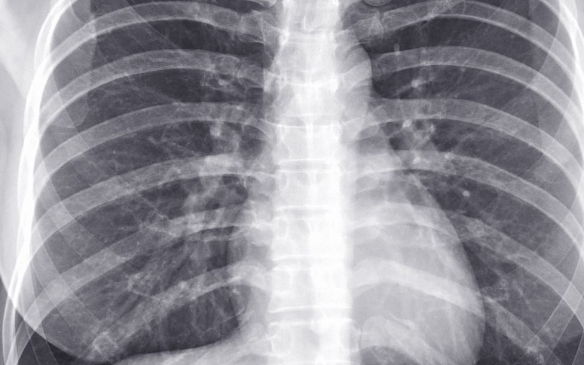World Radiography Day – A Celebration of Innovation
World Radiography Day is observed annually on November 8. It commemorates the discovery of x-radiation by Wilhelm Conrad Roentgen in 1895. This day marks the importance of radiographers in healthcare. It also aims to raise awareness about radiographic therapy. The theme for 2024 is ‘Radiographers – Seeing the Unseen’.
The Discovery of X-Radiation
Wilhelm Conrad Roentgen discovered x-radiation accidentally. He was conducting experiments with vacuum tubes. While using a Crookes cathode tube, he noticed rays passing through a shield. These rays created a shadow-like image on light-sensitive paper. Roentgen then captured an image of his wife’s hand, demonstrating his discovery. His work led to a Nobel Prize in 1901.
Importance of Radiographers
Radiographers play important role in modern healthcare. They operate imaging equipment for diagnostics and treatment. Their expertise ensures accurate imaging, which is vital for patient care. This day acknowledges their contributions and promotes the profession. It also marks their responsibility in safeguarding patient health.
Raising Awareness
World Radiography Day serves as a platform for education. It informs the public about the significance of radiographic therapy. Increased awareness can enhance understanding of diagnostic imaging. This knowledge can help patients make informed decisions about their health. Furthermore, it encourages interest in radiography as a career.
Historical Impact
Roentgen’s discovery revolutionised medical diagnostics. It allowed healthcare professionals to view internal structures without surgery. This innovation changed how conditions are diagnosed and treated. Radiography has since evolved, incorporating advanced technology and techniques. The impact of this discovery continues to be felt in healthcare today.
Important Facts for Exams:
- Roentgen’s Discovery: Wilhelm Conrad Roentgen discovered x-radiation in 1895. This accidental finding transformed medical diagnostics. It enabled non-invasive examination of internal body structures. His work earned him the Nobel Prize in 1901.
- Crookes Cathode Tube: The Crookes cathode tube is a type of vacuum tube. It played important role in Roentgen’s discovery of x-radiation. This device generates cathode rays that can produce images. Its invention advanced experimental physics.
- Radiographic Therapy: Radiographic therapy is a diagnostic tool in healthcare. It utilises x-rays to view internal structures. This method aids in accurate diagnosis and treatment planning. It is essential for modern medical practices.
Month: Current Affairs - November, 2024
Category: Science & Technology Current Affairs


